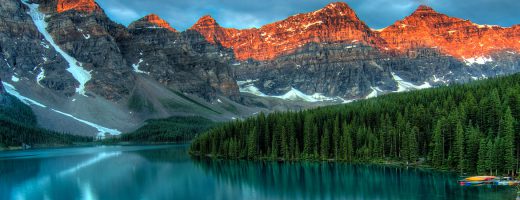Santiago is an intense city with a repressive military and macho history. Yet in very recent years, gay life has begun to emerge from the shadows and relax into the light of better times. LGBT activist organizations coexist with trendy gay bars and clubs.
Chile is one of South America’s most stable and prosperous nations. Although homosexuality was legalized in 1998 in Chile, several court rulings within the last decade demonstrate discriminatory policy. In Chile the current law against sodomy states that the age of consent for homosexuals is set at 18, whereas the age of consent for heterosexual sex is lower at 12.
Activists believe that conservative attitudes are changing, finding greater public tolerance as Chile’s Congress debates striking "offenses to morals and good customs" clauses "that police have used to harass gays, even for behavior such as holding hands in public". The gay scene is small compared with the West or even neighbors like Argentina and Brazil, although 2007 marked the 17th annual Gay Pride Parade in Santiago. See gay rights in Chile.

Chile – Santiago and Valparaiso
Chile is one of only two countries in South America that does not have a border with Brazil. The Pacific forms the country’s entire western border, with a coastline that stretches over 6,435 km. Chilean territory extends to the Pacific Ocean which includes the overseas territories of Juan Fernández Islands, the Sala y Gómez islands,
Chile – Punta Arenas to Atacama Desert
Chile Gallery A – Tierra del Feugo, Punta Arenas, Atacama Desert Chile is one of only two countries in South America that does not have a border with Brazil. The Pacific forms the country’s entire western border, with a coastline that stretches over 6,435 km. Chilean territory extends to the Pacific Ocean which includes the

